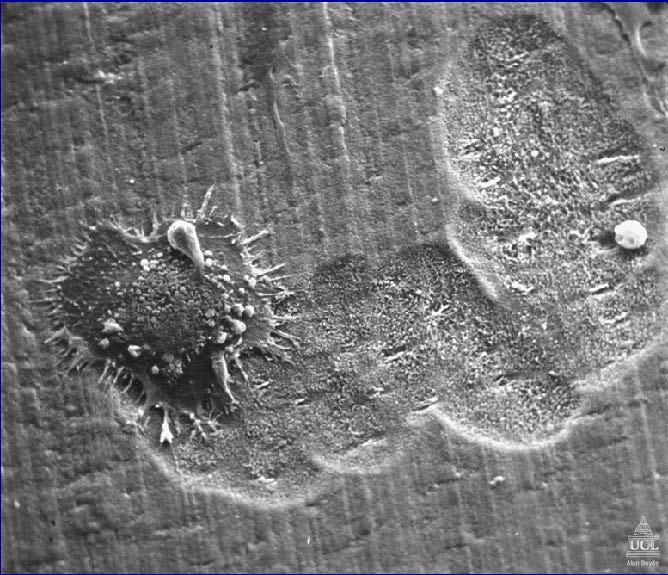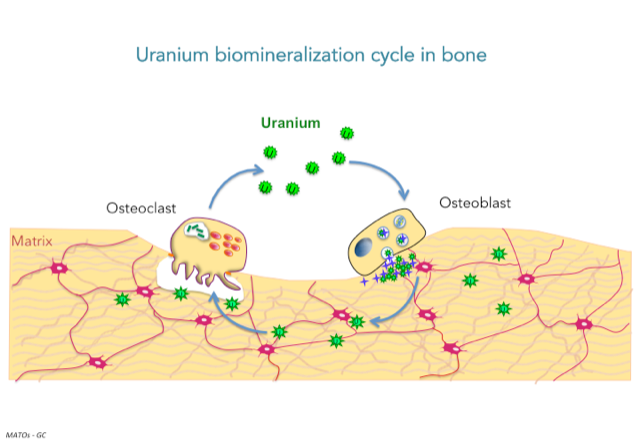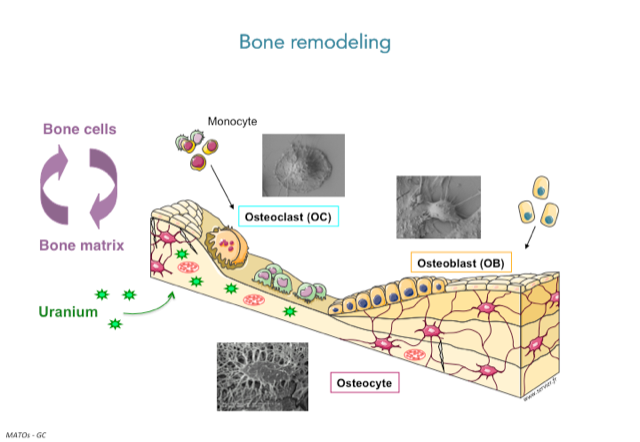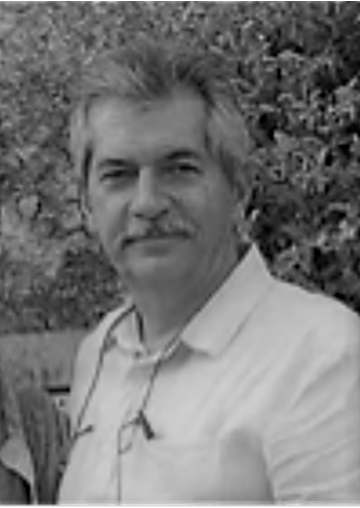Academy of Excellence "Space, Environment, Risk and Resilience"
Environmental stress and bone tissue
Exploring the molecular mechanisms in bone cells exposed to heavy metal (uranium)

Academy 3 highlight
The study of the biological mechanisms involved in chronic exposure of bone tissue to low doses of uranium corresponds to the focal area of interest "Assessment and detection of anthropogenic risks to human health, the environment and global change" by helping us better understand and assess the effects of this natural and anthropogenic toxicant on human health.
The project
The unique feature of the project is its protocol, in which exposure of the bone matrix to uranium is chronic and moderate: ten days of exposure to two micromoles of uranium. At the end of this period, two effects could be observed: mineralization of the matrix by osteoblasts slowed down, and the component cells of osteoclasts were reduced. Experiments show that bones rebuild more slowly, and bone matrix resorption is slower, potentially disturbing bone tissue remodeling and leading to bone fragility. Over time, bones capture a number of toxic compounds and heavy metals, including uranium. The project has shown that the metal is more concentrated in areas of active remodeling and will therefore be trapped when the new matrix is built, only to be released again when the old matrix is resorbed. Uranium thus becomes trapped in the bones through this molecular cycle, which the team calls "the uranium cycle" linked to the environmental memory of bone cells.
To further understand this process, RT-PCR and Western blot analyses were performed to identify and confirm the genes and proteins affected by uranium exposure. Some proteins present in the matrix were over-expressed, while others were under-expressed compared with control conditions.
In the next stages of the project, the consequences of these differences in expression on bone molecular mechanisms will be investigated.


The +
This study uses a novel approach to examine the effects of natural exposure to a heavy metal (uranium) on bone formation. The project implemented a complete, reproducible protocol supported by two ANR projects (2016 & 2023).
What’s next?
After the first French National Research Agency (ANR) grant in 2016, the project team recently obtained a second grant in 2023 from the ANR, which allows this promising project to continue and gain momentum. Two doctoral fellows have already completed part of the project, and further internships are planned to generate and analyze new results.
Project information
|
Scientific domain
Biology, Health Risks |
Key words Chronic exposure Bone cells Uranium |
|
Total budget
€250,000, including €7,000 from Academy 3
|
Students involved
Arthur Gouraud (Master) |
| Partners TIRO-MATOs – Université Côte d’Azur, CEA ICN - Université Côte d’Azur, CNRS |
Project members Georges Carle Sabine Santucci |

Georges Carle
TIRO-MATOs – Université Côte d’Azur, CEA
Scientific promotion of the project
Presentation of part of the results at a CEA science day.

















